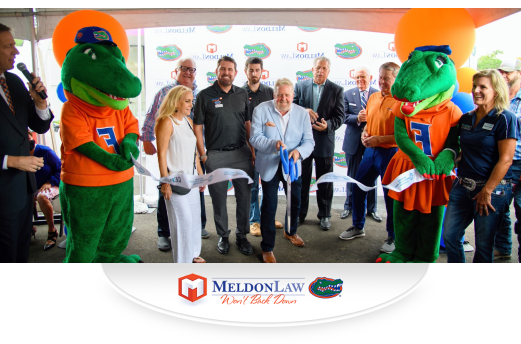What Are Field Sobriety Tests

Perhaps you’ve heard of field sobriety tests, which police often ask individuals to perform if the officers suspect that the individual is or has been driving under the influence of alcohol. However, do you know what these tests consist of? Do you know if they are an accurate way of determining alcohol impairment? Do you know if you can fight the results of these tests in court? Read on for more information.
The Basics of Field Sobriety Tests
As explained by AAA, the standardized field sobriety test is a battery of three tests performed during a traffic stop to determine if there is probable cause that a driver is impaired by alcohol. 90 percent of the time, the organization claims, officers can correctly identify alcohol-impaired drivers based on their responses in these tests.
The three parts of the test include:
- Horizontal gaze nystagmus (HGN): The HGN test attempts to identify an involuntary jerking of an eyeball when an individual’s eyes gaze to the side. Normally, this jerking, known as nystagmus, only occurs when the eyes gaze far over to the side. However, in alcohol-impaired individuals, nystagmus may be exaggerated and may occur at lesser angles. In addition, alcohol impairment may cause an individual to have difficulty tracking objects with their eyes. In this test, individuals must follow an officer’s pen or a small flashlight horizontally with their eyes.
- Walk-and-turn: In this test, the individual is asked to take nine steps heel-to-toe down a straight line in one direction, turn on one foot, and walk heel-to-toe back to where he or she started. During this test, officers are looking to see if the individual can keep balance while they give the instructions, begins walking before they have completed his instructions, sways or staggers while walking, steps off of the line, takes an incorrect number of steps, or sets his or her other foot down when making the turn.
- One-leg stand test: In this test, the individual is expected to stand with one foot approximately six inches off of the ground and count aloud by ones, beginning with one thousand. The officer will be looking for indicators of impairment that may include swaying while balancing, using to balance, hopping to balance, or putting a foot down.
While some departments may choose to use different field sobriety tests or may modify these tests, the three listed above are the only three approved by the National Highway Traffic Safety Administration, as they are the most accurate.
But How Accurate Are They?
While AAA states that these tests are 90 percent accurate, issues with each test may yield false results. Consider the following:
- The HGN test is found to be accurate 88 percent of the time, though a positive result may indicate the use of certain types of medication, including seizure medication as well as other drugs, both legal and illegal. Additionally, if the individual has certain eye conditions or is fatigued when the test is conducted, the test may produce an inaccurate result.
- The walk-and-turn test reportedly is accurate in predicting impairment in an individual who shows at least two indicators 79 percent of the time. Age, injury, or disease may produce inaccurate results, however. Additionally, if the ground is sloped in the area where the test is administered, the individual may have more difficulty performing the test correctly.
- The one-leg stand test allows officers to correctly detect impairment 83 percent of the time in individuals who exhibit at least two of the indicators. However, age, injury, being overweight, or having certain diseases that impact an individual’s balance can also yield a false positive in this test. There are many different variations of this test that may be administered, in spite of adopted standards, indicating that each variation may provide slightly different results.
In addition to these reasons for why the three tests may provide inaccurate results, disabilities can also cause a false sign of impairment in some individuals, as well as a failure of an individual to understand the directions that were given due to a language barrier. There are at least 25 steps required for the administration of the HGN test alone, and each step requires precision for courts to consider the results reliable.
Do I Have to Submit to These Tests?
Florida’s implied consent law requires that individuals who hold a state-issued driver’s license submit to breath, blood, or urine tests when requested by an officer due to the suspicion of driving under the influence. Failure to do so may result in a one-year revocation of the individual’s license and require the individual to attend a formal or informal administrative hearing to gain the right to drive to and from work during that time. The period of revocation increases with the second refusal, and you may even be subject to a misdemeanor criminal charge if you have refused to submit to a breath, blood, or urine test more than once.
However, the law doesn’t explicitly state that the driver must comply with field sobriety tests. In spite of officers who will sometimes tell individuals that they are required by law to submit to the tests and face penalties, such as jail time or a fine, if they refuse, there are no statutory penalties involved in declining to perform a field sobriety test. If you are pulled over on suspicion of DUI, and you choose to perform the field sobriety tests, you should understand that the results of those tests, despite being subjective and prone to false results, are admissible in court and may be used against you.
If you were arrested after performing a field sobriety test, an experienced DUI attorney can help you fight the charge and render your test results inadmissible, due to the circumstances surrounding them or because of specific health issues that you may have.




